A Primer on Measurement and Verification (M&V)
/by Julianna Degelman & Laura Sallette
What is Measurement and Verification? For bakers, verifying the right measurements of ingredients can make the difference between delicious brownies and a burnt mess. For building professionals, Measurement and Verification (M&V) is the process of analyzing and measuring the outcome of an Energy Conservation Measure (ECM).
Simply put, M&V can demonstrate how effective the ECM is at saving energy by comparing energy usage before and after ECM implementation. Some examples of M&V capabilities include:
- Accurately assess the initial and projected energy savings of a project
- Reduce uncertainties to reasonable levels
- Aid in monitoring equipment performance
- Identify additional savings
- Improve operations and maintenance
M&V can find both baseline and performance period energy use through various methods. The International Performance Measurement and Verification Protocol (IPMVP), developed by a coalition of international organizations led by the United States Department of Energy, outlines four different methods. They are:
- Retrofit isolation with key parameter measurement
- Retrofit isolation with all parameter measurement
- Whole facility measurement
- Calibrated computer measurement
Retrofit isolation with key parameter measurement is used to measure energy saving methods such as retrofitted lighting. All parameter measurement measures the system level energy use, including all components both retrofitted and non-retrofitted to determine how effective the energy saving measure is as a whole. Whole facility measurement is the continuous measurement of energy usage over a period of time and then comparing the baseline to post-retrofit periods. Calibrated computer measurement is a method where a computer software simulates energy use of a whole facility. The optimal method for your project depends on the level of accuracy required, the complexity of the project, energy performance fluctuations, and the ECM’s saving value.
Numerous projects can benefit from M&V: lighting upgrades, chiller replacements, operational changes (such as a reduction in weekend base-load or a modification of setpoints), and much more. Unfortunately, analyzing the potential of a new plan can be difficult and time consuming, and is usually done by the vendor looking to commission the project. Typical M&V activities include meter installation and maintenance, data collection and screening, computing estimates, and reporting quality assurance.
Wouldn’t it be convenient if your energy management system could do all these for you? MACH’s Initiatives automatically identifies energy-saving solutions, and can track the savings of any project you are evaluating or have already implemented. Our new “What-If” feature also reveals the potential cost and energy savings of any building project through actual load adjustments, relevant tariff calculations, and by tracking changes against MACH’s weather and seasonally adjusted pre-project baselines or your own custom variables.
M&V is an essential tool for building professionals seeking to curb energy consumption and promote efficiency — every M&V action has the potential to improve property operations, save energy, and maintain savings. Still not convinced? Check back soon to learn which states, cities, and building certification programs require M&V.
Sources: http://evo-world.org/en/m-v/what-is-m-v https://energy.gov/sites/prod/files/2016/01/f28/mv_guide_4_0.pdf https://en.wikipedia.org/wiki/International_performance_measurement_and_verification_protocol https://www.machenergy.com/services-2/measurement-verification/
